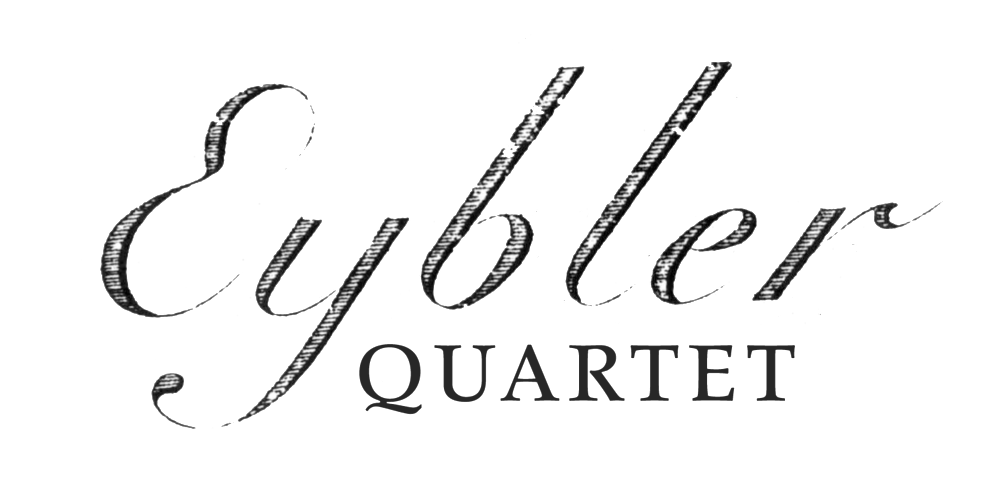The process of making a modern edition has several steps. Among the first is finding out what the potential sources of sheet music are for the piece of music in question. An excellent place to start that process is a massive database called RISM or Répertoire International des Sources Musicales (Directory of International Music Sources) https://opac.rism.info/index.php?id=4 In the last twenty years the amount of music that is available in digitized form has grown astronomically, making it dramatically more widely available. As I alluded to in my earlier post, there’s no more crawling on your knees up a cold, wet, pebble-strewn stone staircase to a small door where a librarian, might let you in, and might let you lay your eyes upon some document. Or it’s much less frequent now…
In RISM we can find all the reported historical resources available for a work, be they in libraries, monasteries, wherever. From there one can begin to build a stemma, or tree of the sources for the work. The holy grail of this search is an autograph score or set of parts, that is, written in the composer’s hand. Even if a composer was meticulous about preserving their work, there is no guarantee that those documents would survive their demise or the dismantling of their estate. In the case of well-known composers, someone else might take on the work of preservation. (In the case of Wolfgang Mozart, his wife Constanza knew she was sitting on a goldmine and managed his works until her death.) When looking at 18th and early 19th century sheet music, we don’t often find autographs. It’s worth making clear the distinction here is that a “score” means a document that has all the parts in one place, lined up bar by bar; “set of parts” means, in the case of a string quartet, four separate documents, where the first violin, second violin, viola and ‘cello are all separate.
There are other species of sheet music, thankfully. Chamber music publishing, printed from engraved plates, exploded in Europe in the 18th century largely to satisfy the demand for household music making. The most popular works were often printed by more than one publishing house (“pirated” might be a more accurate term in some cases). In the case of unpublished music there might only be hand-written parts. In the case of published parts, it is possible for all extant copies to have been lost. And despite the abundance of publishing at the time, a great deal of music continued to circulate in manuscript, or hand-written parts. Even parts that had been engraved and published were often subsequently copied out by hand (no photocopiers, no scanner/printer). Sorting out precisely what one is looking at can be a challenge: is this set of parts derived from one of the published editions? Was it possibly copied from autograph parts or a score? Sometimes there are clues in the form of obvious mistakes that are reproduced from a published set. There is even a subset of interest in identifying by their handwriting the actual copyists who were working in various places at various times, which can point to the sources.
In the case of Franz Weiss’ Op. 8 quartets, the stemma so far as we know is a very simple matter. We have only the set of parts published in 1814 by Steiner in Vienna. If it is a tree, then this one is Charlie Brown’s Christmas tree, with one scraggly stem! That might make one think “Great! Only one source to have to decipher!” However, when the parts are as contradictory and error-laden as Steiner’s edition of Weiss’ quartets, one begins to wish there were another place to look…
-Patrick Jordan
